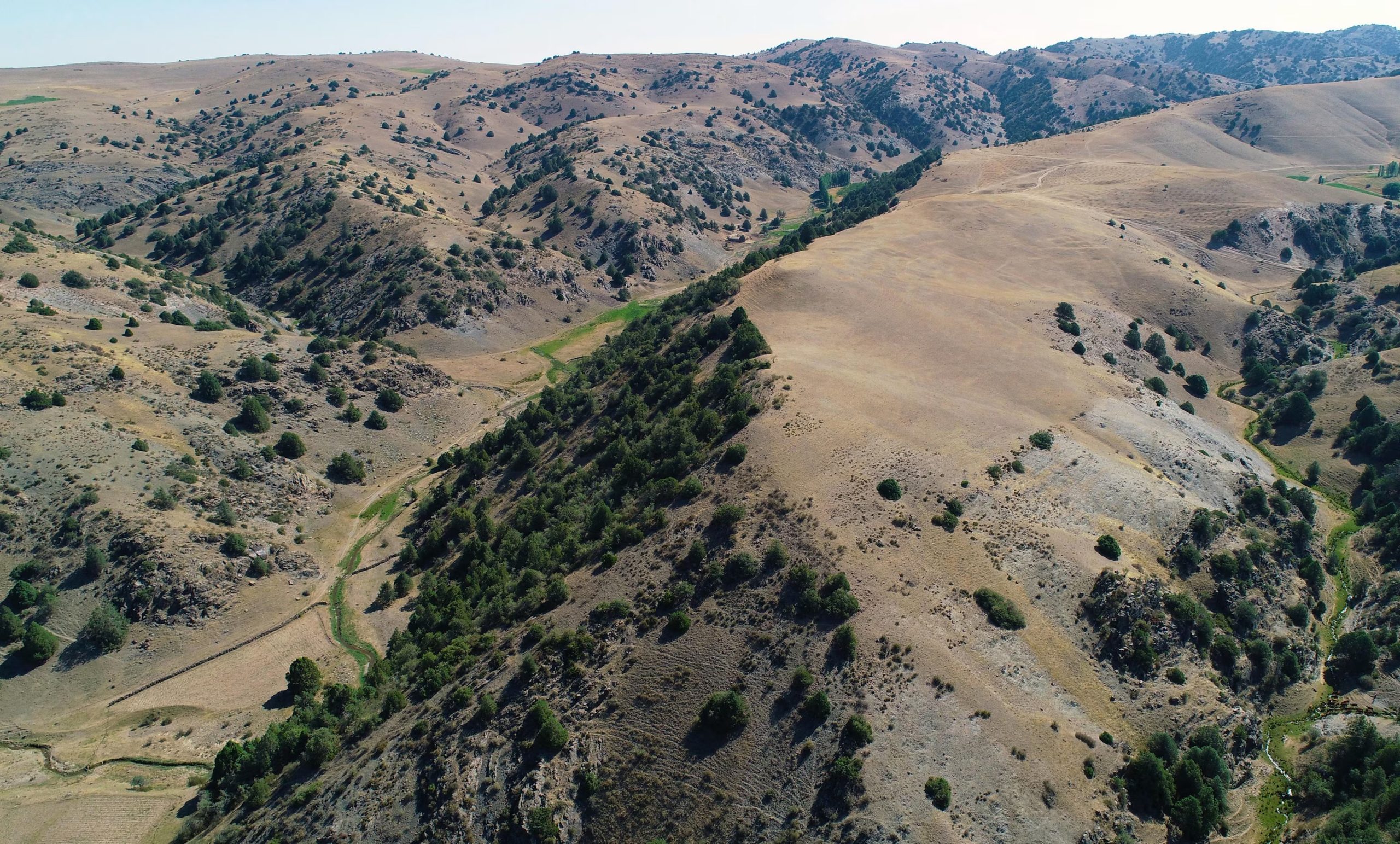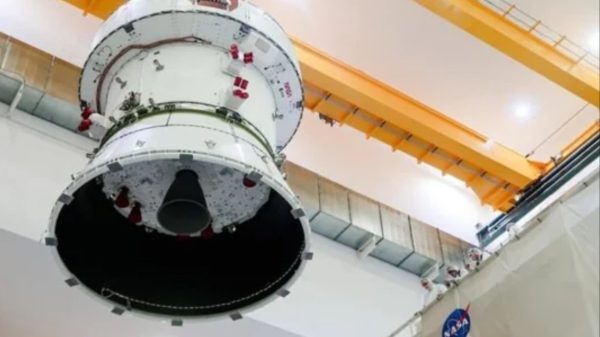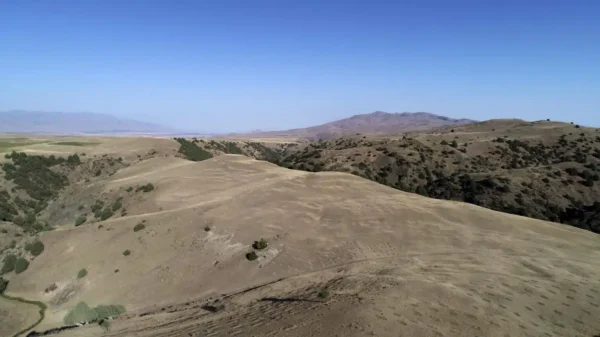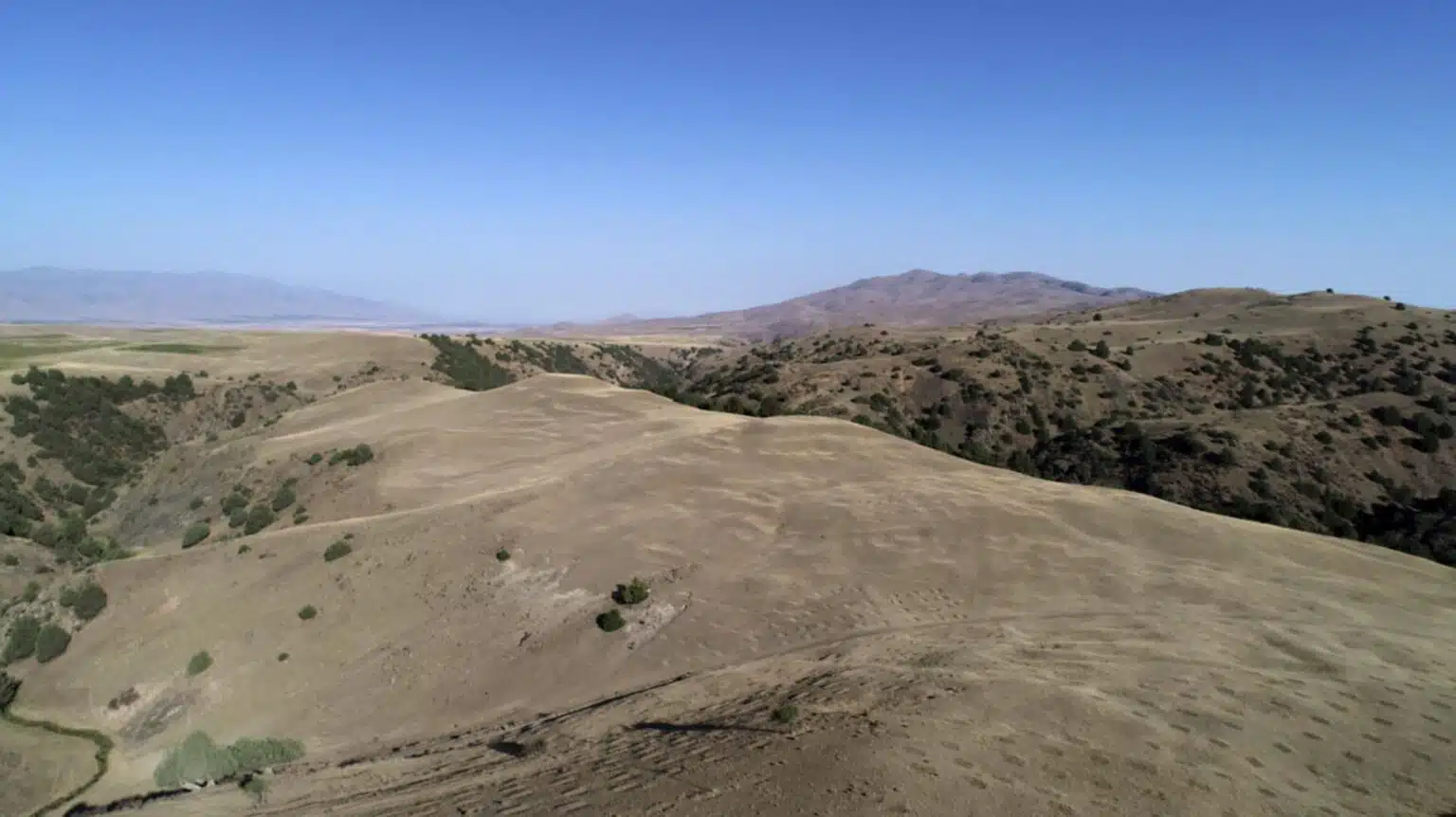The history of the Silk Road, a vast network of ancient trade routes linking East Asia to the Mediterranean, has often centered on its endpoints, such as China and the West. This perspective tends to neglect the diverse cultures and peoples that traders encountered along the journey.
The route passed through significant urban centers like Tehran and Baghdad, as well as the challenging Tien Shan mountain range. Recent research has begun to highlight the importance of these mountainous regions, revealing their crucial roles in the broader context of Silk Road commerce.
Michael Frachetti, an anthropologist from Washington University in St. Louis, has led efforts to challenge traditional views regarding the Silk Road. His team utilized drone-based lidar technology to map two ancient cities located in the Tien Shan mountains of modern-day Uzbekistan.
These cities, built at altitudes exceeding 2,000 meters, include Tugunbulak, which is notably larger than many prominent medieval city-states in Europe. Frachetti argues that the Silk Road should be understood as a dynamic exchange network that traces its origins back to the Bronze Age, with significant activity peaking between the 6th and 11th centuries.
For medieval merchants, the journey along the Silk Road was arduous, often taking about a year to navigate the mountainous paths while circumventing the Taklamakan Desert.
Traditionally, mountains were perceived as obstacles to trade; however, Frachetti’s research indicates that they were also vital centers of social engagement. The discovery of Tashbulak, a medium-sized settlement within the Tien Shan range, exemplifies this idea, featuring a central citadel and urban architecture that resemble other historical towns in the region.

Revising the Narrative of the Silk Road to Highlight Its Cultural Diversity and Mountainous Regions
Frachetti’s work took a surprising turn when he met a local forest inspector who revealed that his home was built on the site of a medieval citadel. This unexpected encounter prompted further investigation with advanced lidar technology. While the rugged terrain presented challenges for traditional archaeological methods, the lack of tree cover facilitated precise drone mapping. The team employed artificial intelligence to identify human-made structures, leading to significant discoveries about the area.
The lidar mapping revealed the existence of Tugunbulak, an expansive city enclosed by strong walls covering an area of 120 hectares—almost five times larger than Tashbulak. The extensive defensive architecture and dense urban layout indicate a well-organized society that played a crucial role in Silk Road trade. When compared to medieval Italian cities, Tugunbulak rivals major urban centers, underscoring its significance in historical trade networks.
Frachetti’s team believes that Tugunbulak primarily functioned as an iron production center due to the rich iron ore resources in the surrounding mountains. However, many questions about daily life within the city remain unanswered. Researchers are exploring whether Tugunbulak had a permanent population or operated as a seasonal trading post for nomadic groups.
Moving forward, the team plans to conduct extensive excavations at Tugunbulak, building on the advancements made possible by lidar mapping. This ongoing archaeological work holds the potential to enhance our understanding of life along the Silk Road and reveal the intricate dynamics of trade, culture, and social organization in these mountainous regions.








































